How Thakoon Panichgul Has Adapted His Fashion Brand and Business Over the Past 15 Years
With a new launch of his namesake brand, we spoke to the designer on how he's managed to cater to his ever-evolving consumer base and his best career advice.
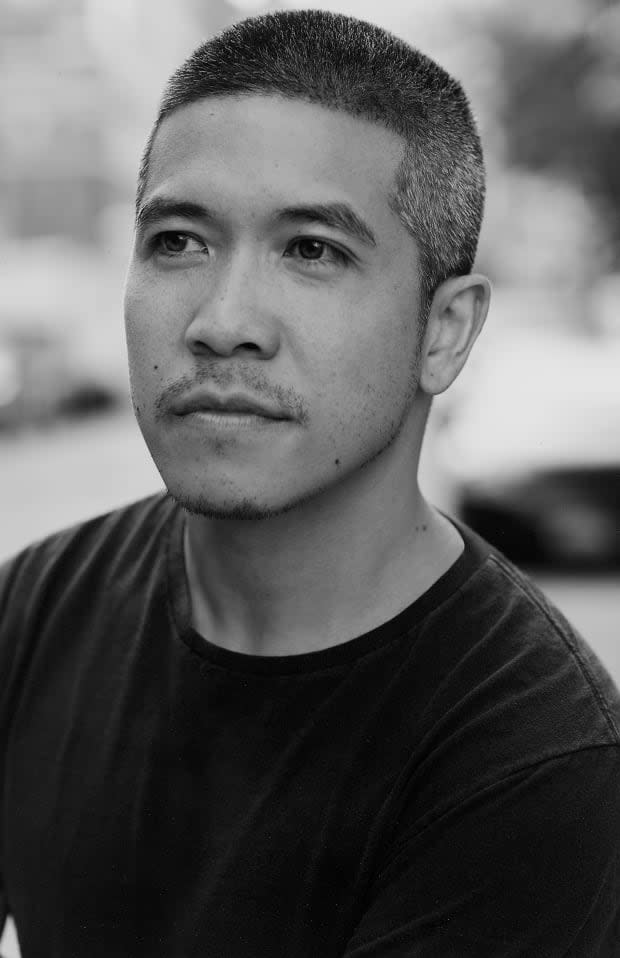
In our long-running series, "How I'm Making It," we talk to people making a living in the fashion and beauty industries about how they broke in and found success.
After a two-year hiatus from the fashion industry, Thakoon Panichgul is back with a new namesake brand. If you think this feels like déjà vu, you're kind of right: In 2016 — after one season off and being acquired by the investment firm Bright Fame Fashion in December 2015 — the designer returned to the New York Fashion Week runway with a new "see now, buy now" business model. But shortly after, around March 2017, Panichgul quietly took a sabbatical, pausing his work and readjusting his approach towards the fashion industry at large. "For me, it's really understanding that it's not about fads and trends anymore," Panichgul tells Fashionista about what he realized during his time off.
Now, he's back with Thakoon, which is operated by the cashmere label Naadam and officially launches direct-to-consumer online in September, along with a concept shop in New York City's West Village to open this fall. The new line is much more curated, according to Panichgul, consisting of ready-to-wear capsule ranges comprised of wardrobe essentials rather than trend-driven, romantically inspired garments that may have put the designer on the map when he first launched his business in 2004. The debut collection is made up of 12 styles — think fitted hoodies, a lush camel coat, tailored trousers and a timeless slip dress — each ranging at contemporary price points between $75 and $225.
Related Articles
With a New Line, The Marc Jacobs, the Designer Would Like to Reintroduce Himself
How Lele Sadoughi Went From Launching J.Crew Jewelry to Designing Instagram's Must-Have Headband
How the Brothers Behind Herschel Supply Expanded a Line of Bags Into a Global, Multi-Category Business
"It's important for me to be able to make clothes in a way that is thoughtful, in a way that is great quality that you can wear over and over and over again, but also in a way that is affordable for people," says Panichgul. "Otherwise, you're just making fashion just to have an expression, a voice. It doesn't go anywhere after that."
After previewing Thakoon's debut collection, we spoke with Panichgul about how he first got into fashion, adapting to an ever-evolving consumer and industry over the past 15 years and his career advice for aspiring designers.
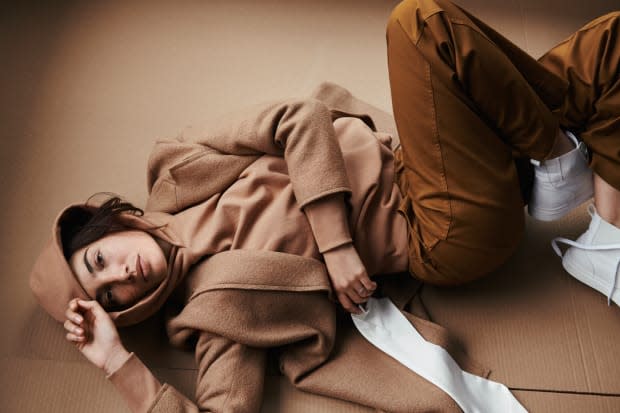
What is your first fashion memory?
When I was growing up in Bangkok, Thailand, with my older brother — he's 13 months older, so we're practically twins — my mom would always dress us in the same kind of outfits. I remember at one point, I think I was five, she had gotten us Adidas soccer outfits — I got the green one and my brother got the red one — and I just remember specifically thinking, "Wow, this is the coolest. I look fly."
Were you always interested in fashion from a young age?
I was always interested in it from that age on. I had a cousin who would always sew and make clothes for friends at the house. I always watched her do that and it was interesting. My grandmother taught me how to sew when I was younger, so I liked that. Then, my mom was a seamstress, too, so she was always around clothes.
How did you first get started in the fashion industry?
The first job I got was doing production for J. Crew. So I moved to New York and I wanted to work in fashion, then I was hired right away on the production department and then was quickly moved into merchandising for J. Crew. But then at that time I wanted to do something that was a bit more high fashion, like more 'design the fashion' and less 'managing the fashion.' A friend of mine worked at Harper's Bazaar at the time; [fashion editor] Kate Betts had just arrived at the magazine. They were looking for a fashion writing assistant and so I applied for it. I didn't want to be a writer per se, I just wanted to be in that world and I got the job. So I spent four years doing that before designing.
What made you want to switch careers and start learning about design?
I was always interested in design. I didn't go to school for design. I think, for me, it was a bit like I was shy because I thought that I always needed a little bit more experience to do design. But when I was at Bazaar, I would talk to a lot of designers for interviews and I would spend time at their design offices. I always enjoyed hanging out there more than my office. So I was like 'Wow, okay, this was interesting.'
Did your time at J.Crew and Harper's Bazaar help you as a designer at all?
Absolutely. With J.Crew, you understand production. The more that you can understand production, it'll just make everything a little bit easier to see the complete picture. With the magazine, I was be able to hone in on thoughts and be able to edit them down or even a creative idea.
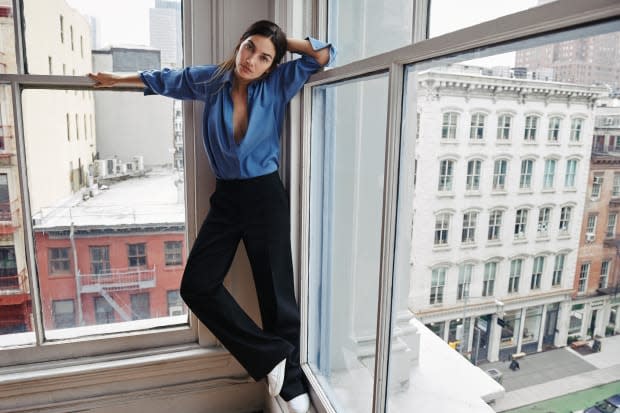
You've really adapted to the industry for a long time, but you've also made choices that are best for yourself and your business. How do you maintain that mindset throughout your career?
I'm quite the pragmatic. I'm a true Libra, I would say. I'm quite balanced in that, for me, what I do is fashion, but it also has to adjust the consumer. Fashion in a vacuum doesn't work for me. Fashion has to be able to be consumed, be worn. That's the part that I like, so I look at the creativity and problem-solving together as a whole and because of that I'm able to say, 'Okay, I can balance my creative ideas but then it has to be practical, it has to fit into the woman's life.' How is she going to wear it? Will she buy this? How often will she wear it? All of those things matter. As a designer you cannot not think of the end solution of how it's being consumed.
What do you think has been the biggest change in the industry today versus when you started 15 years ago?
Through the traditional editorial lens, I saw how fashion was created. Basically, there were a select group of people who get to witness high fashion and then through that we make stories and we do styling and all of that trickles down to the mainstream media who then take that into another realm and then it makes it a wider interest for the mainstream audience. I think that that no longer applies because, obviously, social media, but also because consumers have so much more knowledge now than ever before. They are able to say, 'No, that doesn't work for me. It might work for other people but it doesn't work for me.'
I think the ownership of decision making is now in the hands of everyone. That has profoundly changed fashion. Again, if you come back to my idea that fashion should work for people, it is in parallel to that mindset of the consumer today. I think that more than ever before, designers have to be able to understand that mindset and not try to dictate what fashion has to be.
You took a two-year hiatus before relaunching your new brand; what was that like?
I realized that I didn't fall into this industry by accident. There was a reason why I did it, and there is still a reason why I want to do it, because I love the industry and I love what I do. I just think that looking at it from a perspective of where the world is going, you cannot ignore the impact that fashion has on people, however subtle it may be. For me, it's really understanding that it's not about fads and trends anymore. She might look at that as entertainment and that's great, but for me, I think that fashion should be more embedded in people's lives in a way that just gives them a little bit of joy every single day. That's my takeaway from the hiatus that I had.
How are you approaching this business differently than before?
I'm looking at it from a personal perspective. Having been in the fashion industry for 10-plus years and as a consumer of fashion, what I realize is that I don't consume the way I used to, and I don't want to consume the way I used to. It's just a natural thing. It's not as if I'm forcing myself not to do that. I still have the luxury to do that, but I just don't want to do it. This mindset is also prevalent in other people that I know who are in the fashion industry but then also it's a bigger mindset in general out there.
It's important for me to be able to make clothes in a way that is thoughtful. In a way that is great quality that you can wear over and over and over again but also in a way that is affordable for people. Otherwise, you're just making fashion just to have an expression, a voice. It doesn't go anywhere after that.
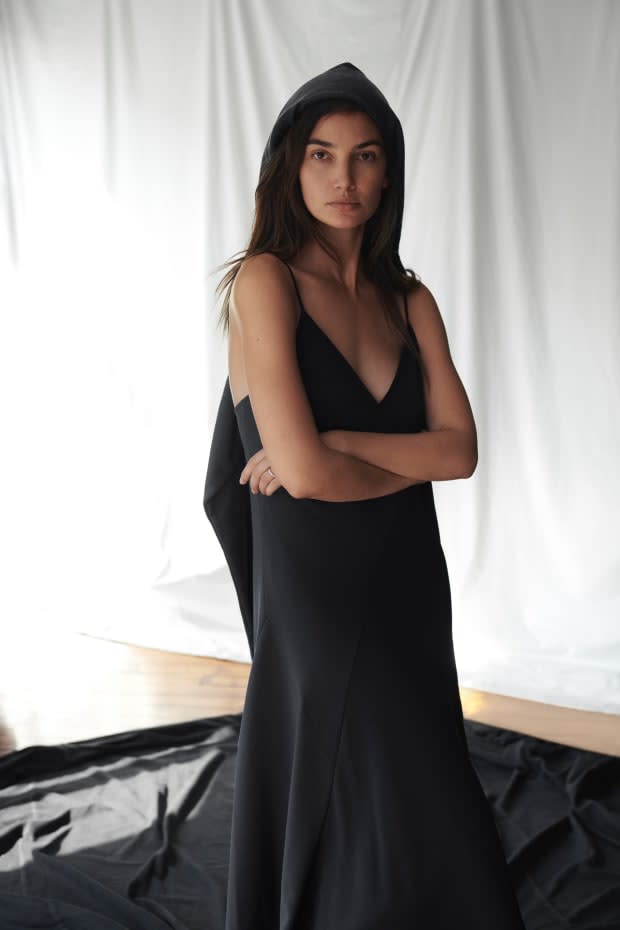
Has your design aesthetic changed over time?
I have become simpler. When you're younger, you want to be expressive and you want to have an opinion and you want to say what you want to say. For me, that's not as important anymore now. I'm more comfortable with myself, I'm more comfortable with my skill and I know what I'm good at. So, it's really about honing in on that energy and just expressing it in a way that is not trying too hard. That comes with experience and confidence. I've had to learn that.
In June, you also launched a content-meets-commerce project called Homme Girls. What prompted that idea?
That happened naturally, when I was on the sabbatical and traveling a lot and just thinking through what fashion means to me. At one point, the idea came about because I was thinking in terms of style as opposed to fashion. I was thinking in terms of simplicity and clothes that transcend over time; a lot of them are simple clothes and most of them are men's clothes, too. I was digging deeper into that sort of idea and came up with this name and researched some more and realized that there wasn't really a platform that speaks to this. There's a big audience for it, I know, from having friends who subscribe to that, and also having watched that there is a big void that I'm definitely attracting. It came up naturally.
Does it feel like you're tapping into your editorial roots?
Yes, I like it. I think it's funny because, we, as creators, we're creative generally. I'm not just creative in one specific area and not another area. It's funny now in this world where designers can do other stuff, which I think is important because I think that it's authentic to who I am as a person. I like to do design, but I also I like to write sometimes and I like to do editorial. That feeds into my design process, too. It's all from the same head space. It's about having the freedom to do different projects. I think is very cool.
What career advice would you give for young designers today, especially having so much access to the industry through social media?
More access is great, but I do think that social media has made it seem like it's so easy to get there. I think people need to really want to learn and they need to understand that it's one thing to have ideas or it's one thing to think that you dress in a cool way. It's another thing to actually be a part of fashion and really understand how to make clothes. I will encourage people to study fashion as much as possible because that that goes a long way, for me, especially.
See more of Thakoon's debut Fall 2019 collection in the gallery below.
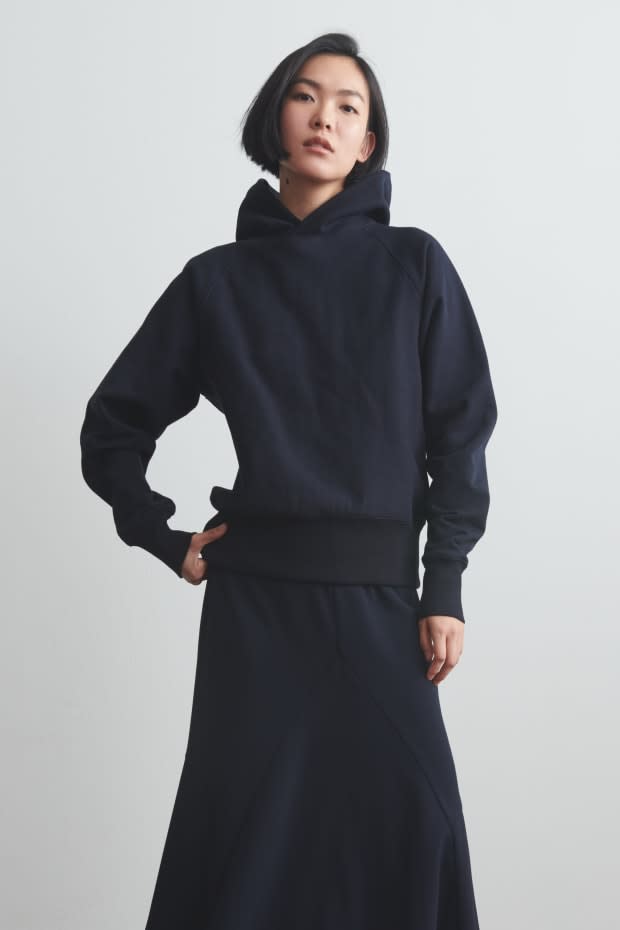
Photo: Courtesy of Thakoon
View the 21 images of this gallery on the original article
This interview has been edited and condensed for clarity.
Sign up for our daily newsletter and get the latest industry news in your inbox every day.
